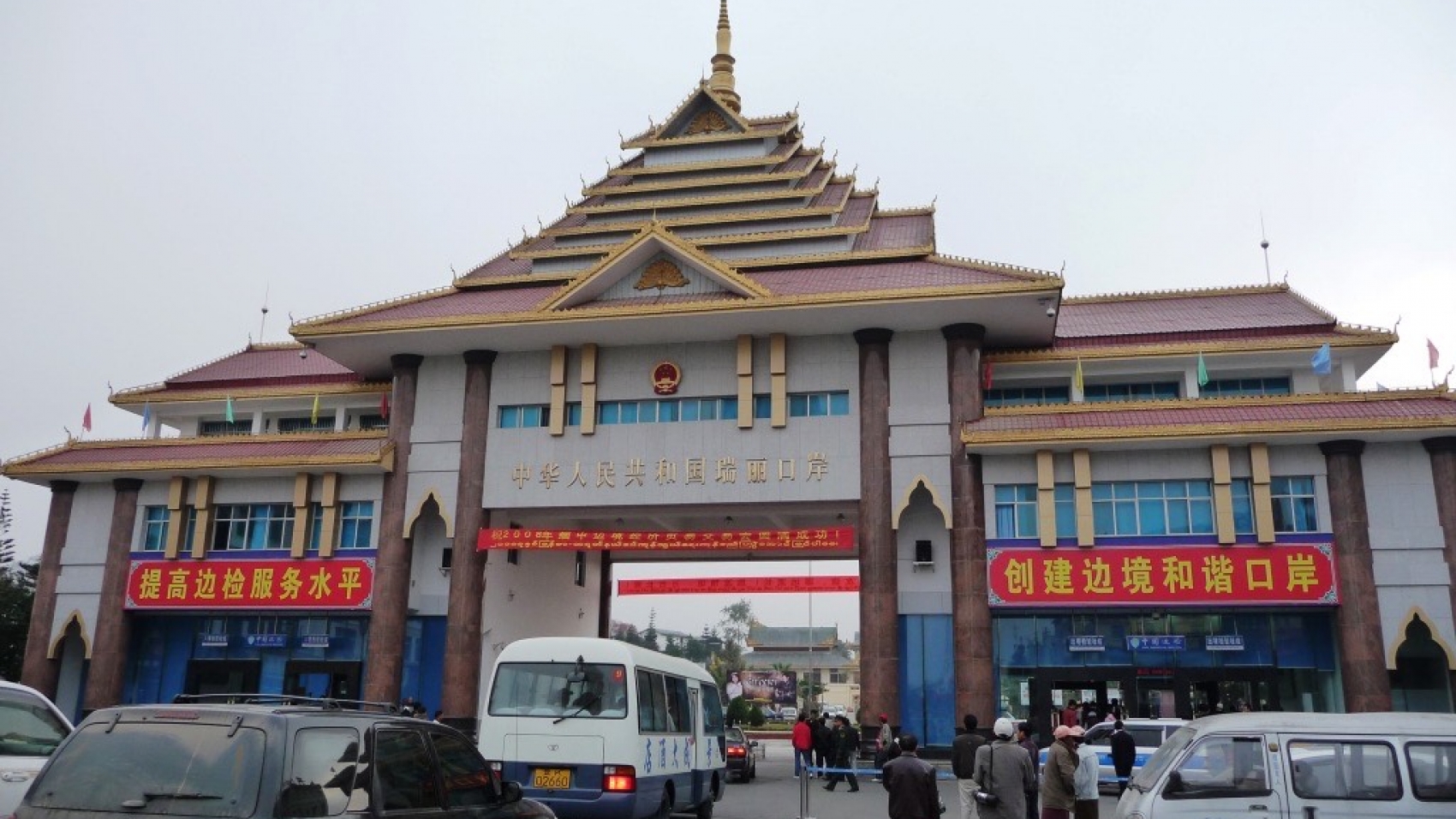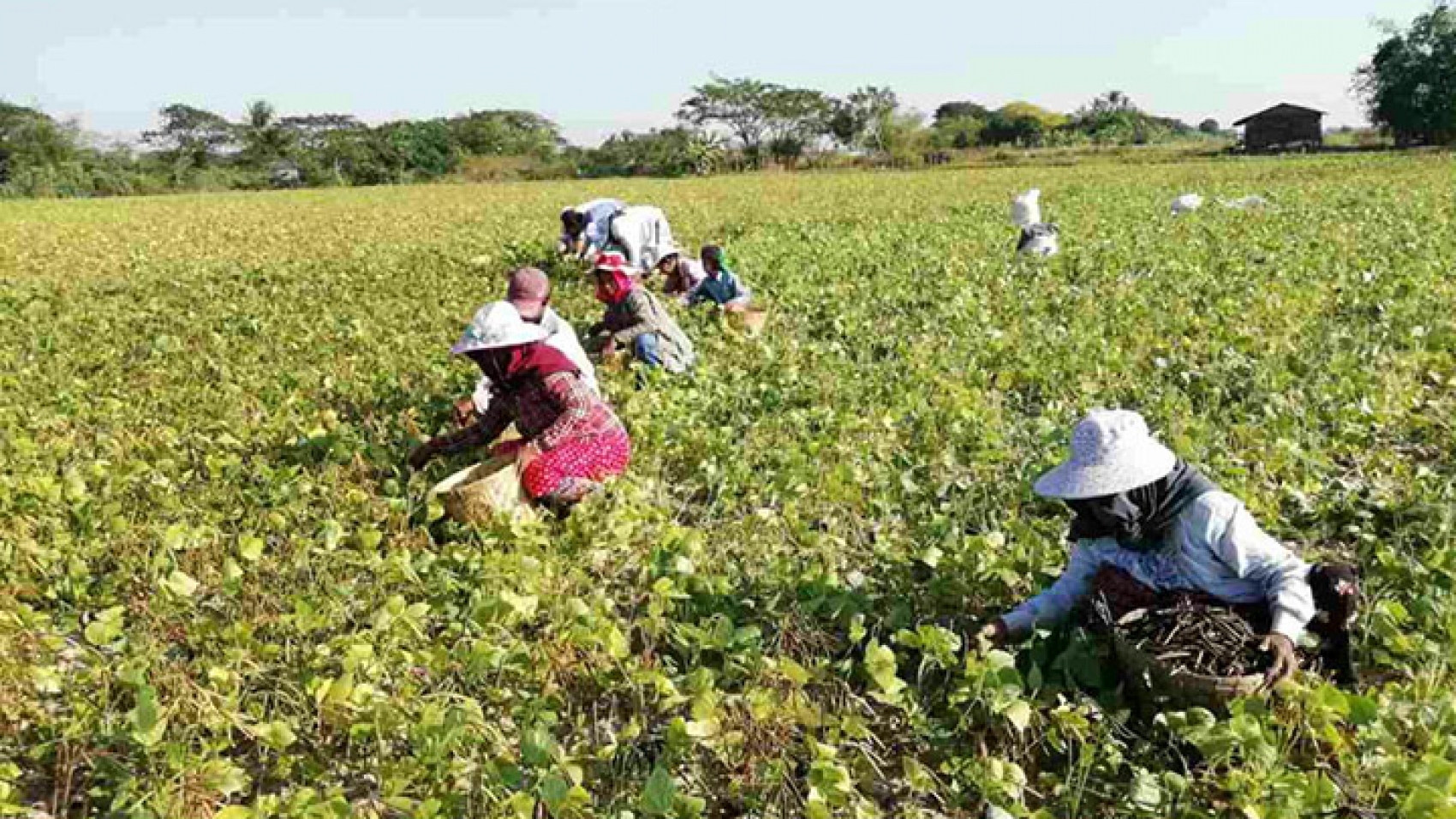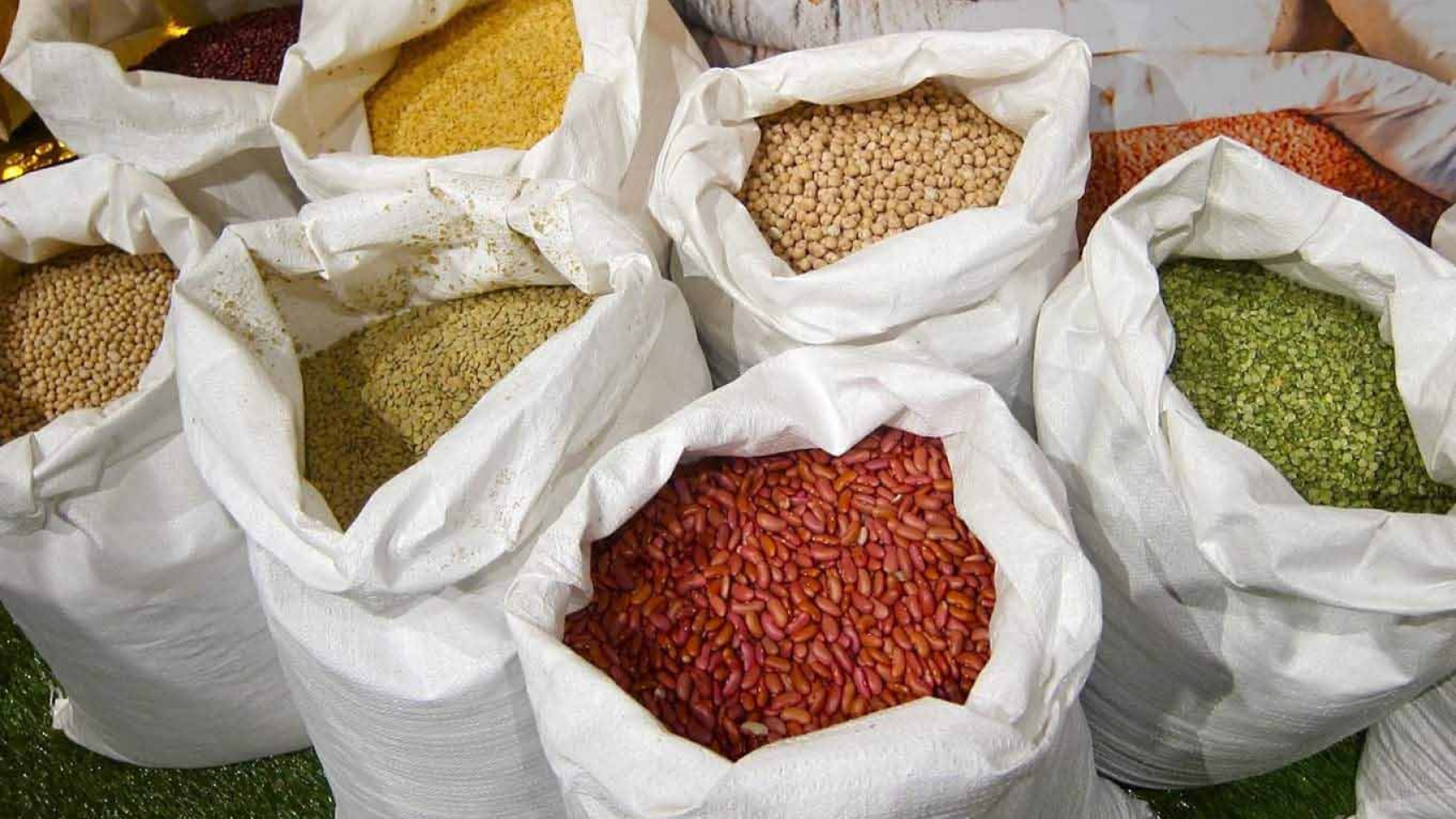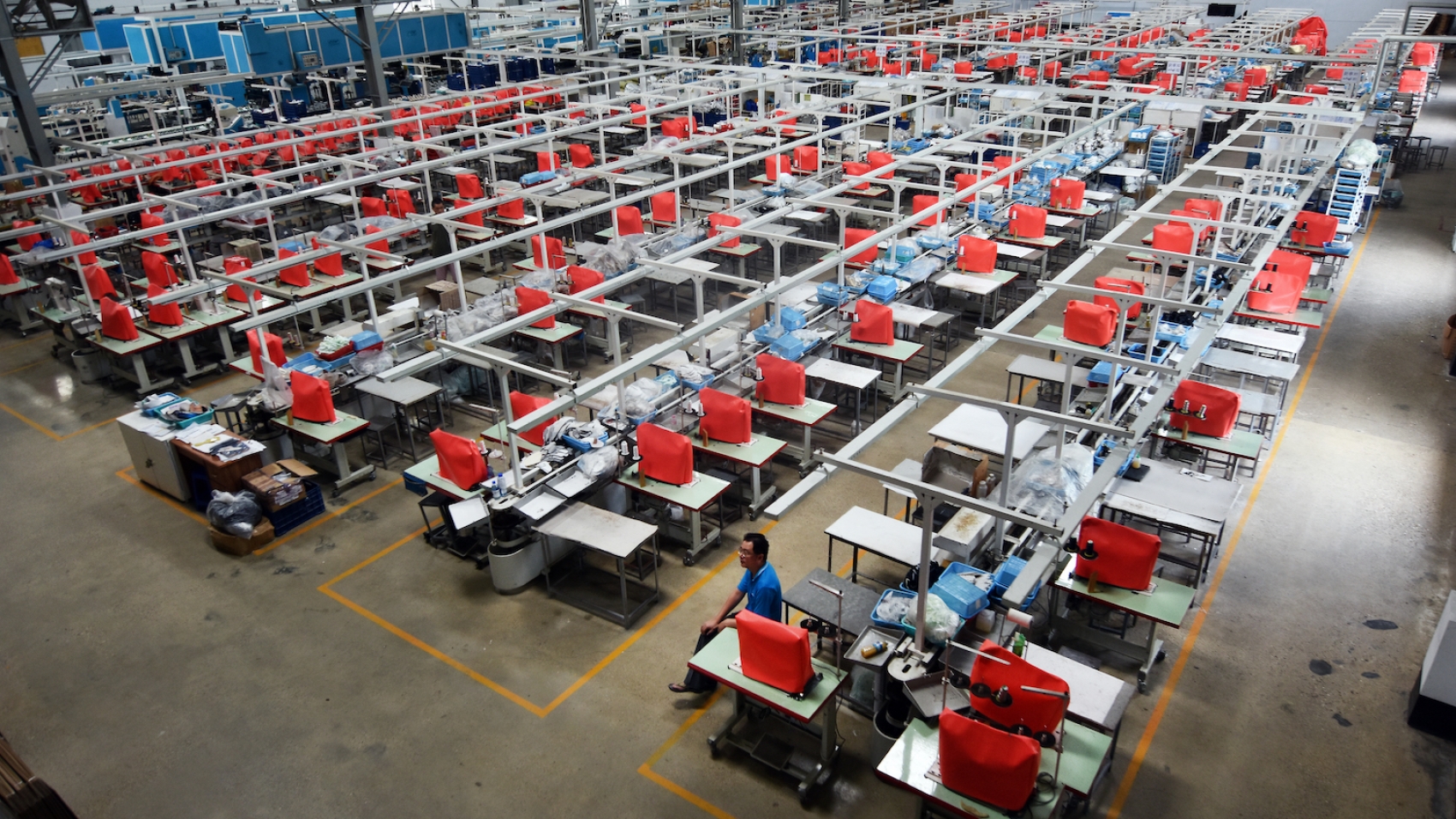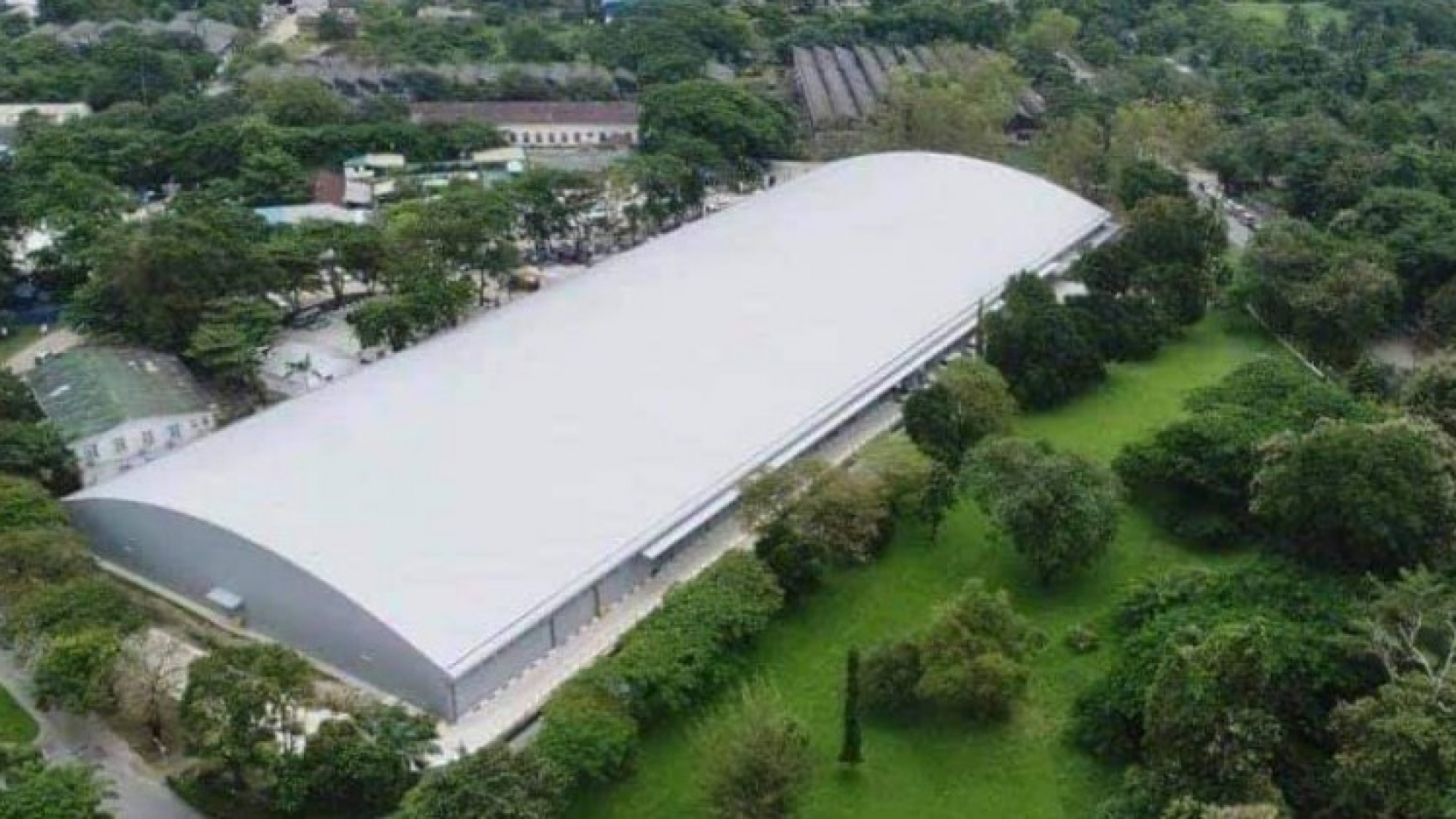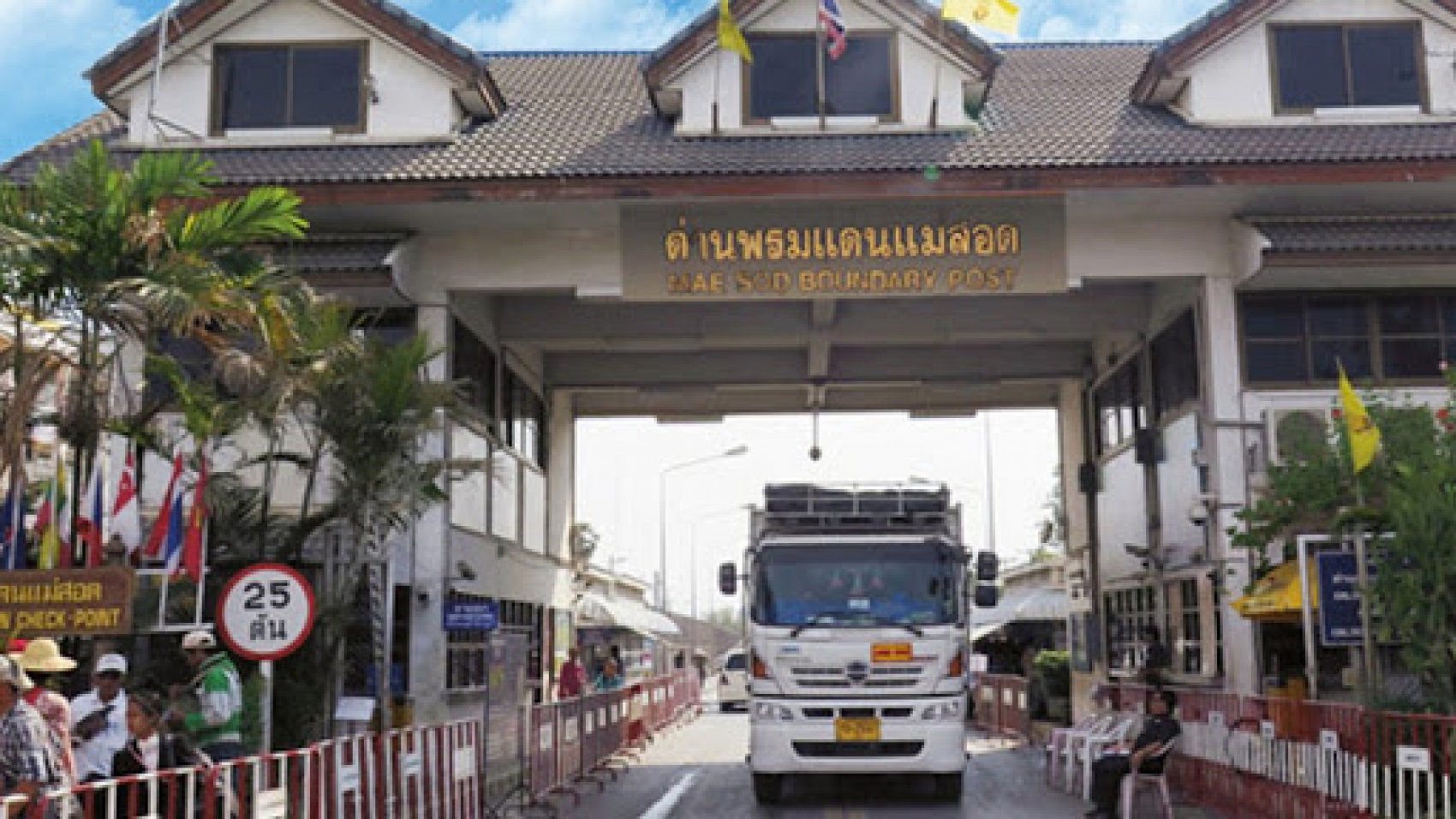The value of Myanmar’s trade with China through maritime and border trade channels amounted to over US$6.13 billion in the first half (Oct-Mar) of the 2020-2021 Financial Year, including $3.18 billion worth of exports and $2.95 billion for import, according to data released by the Ministry of Commerce. Myanmar primarily exports agro products to China through the border gates.
However, trade in agricultural products is frequently halted on account of China clamping down on illegal trade in border gates. Furthermore, China has been stepping up border control measures to contain the spread of the COVID-19 since April-end, hindering the border trade at the present time. In a bid to lower trade barriers and offer relief to Myanmar traders through border trade channel, the Ministry of Commerce, the related departments and the stakeholders have been negotiating with China counterparts.
The two countries are making efforts to set up more border economic cooperation zones and promote border trade. The value of bilateral trade with China stood at $12 billion in the 2019-2020 FY, $11.36 billion in the 2018-2019 FY, $6 billion in the past mini-budget period, $11.78 billion in the 2017-2018 fiscal year and $10.8 billion in the 2016-2017 FY respectively. Rice, various types of peas, sesame seeds, corn, fruits and vegetables, dried tea leaves, fishery products, rubber, minerals and animal products are exported to China, whereas machinery, plastic raw materials, consumer products and electronic tools flow into Myanmar.
Source: The Global New Light of Myanmar

